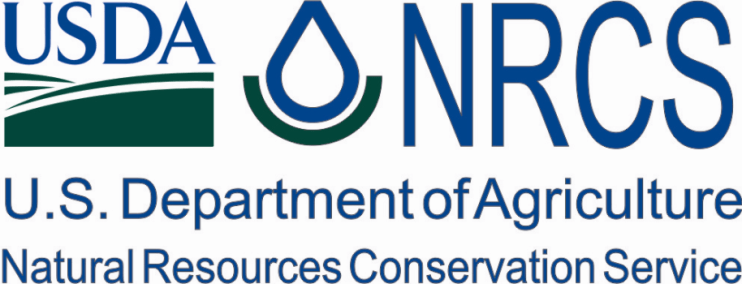 The deadline for 2019 conservation easement applications for agricultural lands and wetlands is coming up on Friday, April 12. USDA’s Natural Resources Conservation Service (NRCS) is accepting applications for the Agricultural Conservation Easement Program (ACEP), which offers two types of conservation easement options: Agricultural Land Easements (ALE) and Wetland Reserve Easements (WRE).
The deadline for 2019 conservation easement applications for agricultural lands and wetlands is coming up on Friday, April 12. USDA’s Natural Resources Conservation Service (NRCS) is accepting applications for the Agricultural Conservation Easement Program (ACEP), which offers two types of conservation easement options: Agricultural Land Easements (ALE) and Wetland Reserve Easements (WRE).
“NRCS is pleased to provide voluntary easement options in our conservation portfolio to agricultural producers,” NRCS state conservationist for California Carlos Suarez said in a news release. “These easement opportunities provide a means to keep working land in production, protect the ecological benefits of wetlands and provide open space for the citizens and natural resources of our beautiful state.”
Funds provided through ALE are available to eligible applicants to cost-share the purchase of conservation easements that will provide permanent protection for farming and ranching on privately owned lands. The projects made possible through the program help to prevent productive agricultural land from being taken out of production and help to protect the integrity of the soils used in food and fiber production.
The WRE funds provide assistance to restore and protect wetlands on flood-prone cropland and rangeland. Options for the program include permanent and 30-year easements. Also included under the WRE program is the Grazing Reserve Rights option which allows landowners to register pasture and rangeland under an approved management plan. The grazing rights option is available for coastal pastures and wetlands on the north coast, vernal pools, and intermountain wetlands of eastern California.
While there were some changes made to easement programs in the 2018 Farm Bill, those will not be implemented until 2020. As with any other NRCS conservation easement program, the landowner will maintain the title to the land along with the rights of control and recreational use. NRCS encourages interested landowners to coordinate with other local farmers and ranchers that have worked with the program in the establishment of easements on farmland.










